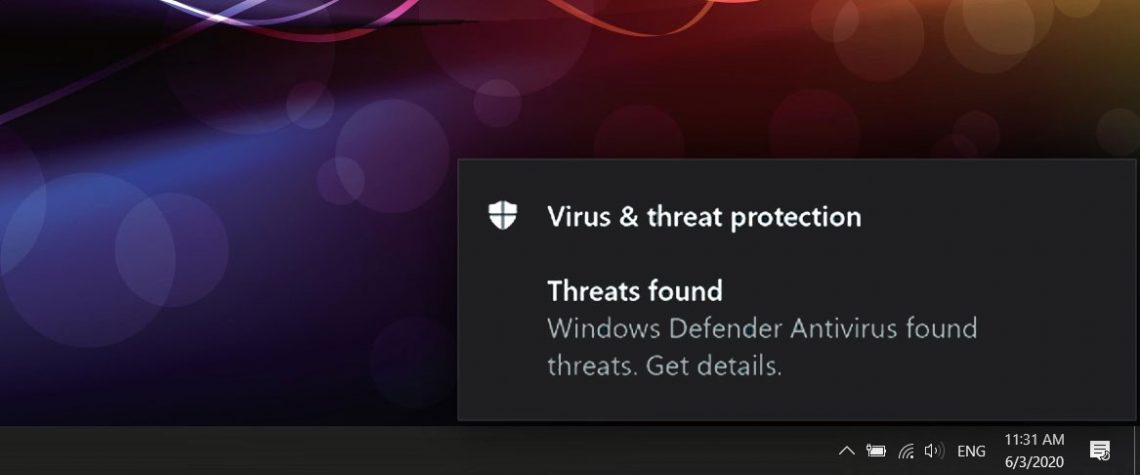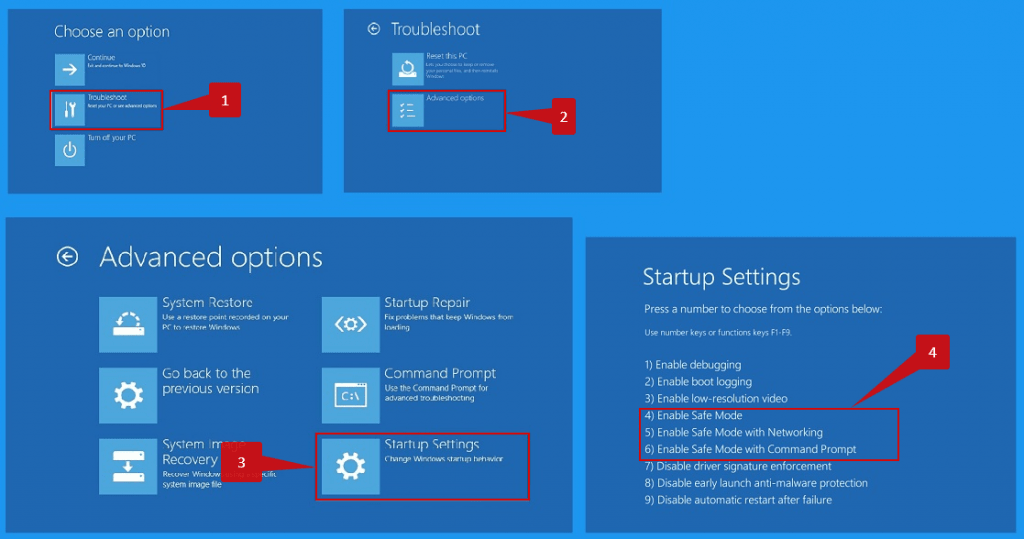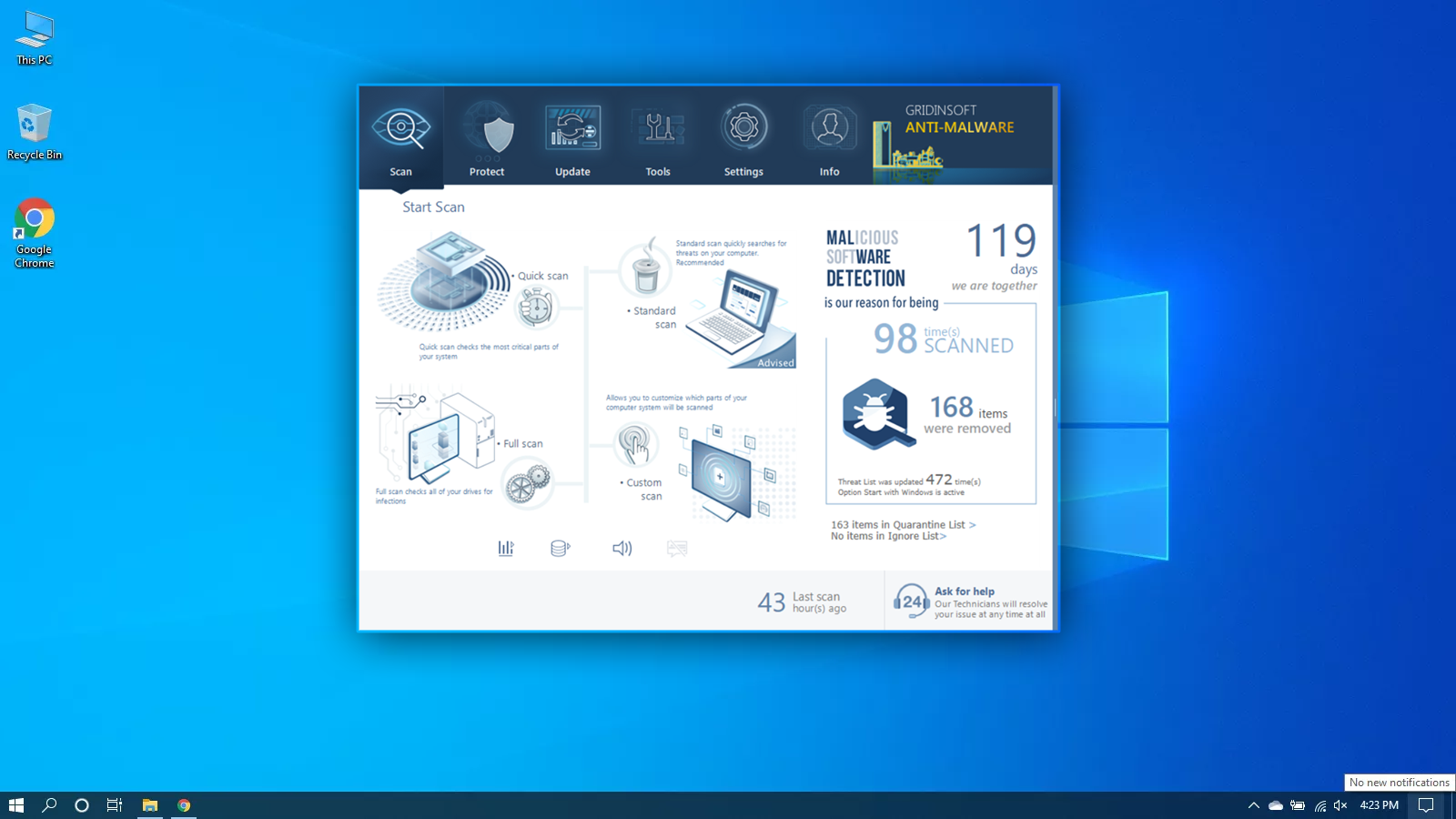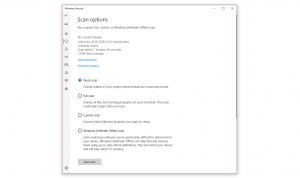If you see the message reporting that the virus was found on your PC, or in times when your computer works too slow and gives you a lot of headaches, you definitely make up your mind to scan it for viruses and clean it in a proper way. Right now I will tell you how to do it.
The majority of viruses are used to make a profit on you. The organized crime elaborates on the variety of harmful programs to steal your credit card details, online banking credentials, and other data for fraudulent purposes.
Types of viruses that were well-spread 10 years ago are no longer the source of the trouble. Currently, the problem is more obvious in the areas of blackmail or spyware. The challenge of fixing these issues requires new tools and new methods.
Does your antivirus regularly report about the virus found?
If you have seen a message indicating the “virus found”, then it’s a piece of good news! The virus was detected and, most likely, deleted. Such messages do not mean that there was a really active virus on your device. You could have simply downloaded a file that contained a virus, so your antivirus software automatically deleted it before it was launched and caused the troubles. Alternatively, the malicious script on the infected website could have been detected and prevented before causing any problems.
In other words, the message “Virus Found” during the common use of your computer does not mean that the virus has completed its mission. If you see such a message then it could be the evidence of you visiting the infected page or loading the malicious file. Try to avoid it in the future, but don’t worry too much. Experiment with opening the antivirus program and checking the virus detection log file. This will give you more information about what the exact virus was detected and what was specifically done by your antivirus software with it. Of course, if you’re not confident enough, refer to the manual scan – at any rate, this will be helpful.
How to scan for malware, spyware, ransomware, adware, and other threats.
If your computer works in an extremely slow way, the web pages open in a weird manner or if you see ads in places you’ve never expected, it’s possible that your computer got infected and the virus is now active. Spyware will track all your activities or redirect your search or home pages to the places you don’t want to visit. Adware may infect your browser and even the entire Windows OS, whereas the ransomware will attempt to block your computer and demand a tremendous ransom amount for your own files.
Irrespective of the kind of the problem with your PC, the first step is to scan it with Gridinsoft Anti-Malware. This is the best tool to detect and cure your device of malware. However, it’s not simple antivirus software. Its mission is to combat contemporary threats. Right now it is the only product on the market that can simply clean the PC from spyware and other viruses that aren’t even detected by regular antivirus programs. Download, install, and run Gridinsoft Anti-Malware, then scan your PC. It will guide you through the system cleanup process. You do not have to buy a license to clean your PC, the initial license gives you 6 days of a completely free trial. However, if you want to secure yourself from permanent threats, you probably need to consider purchasing the license. This way we can guarantee that your computer will no longer be infected with viruses.
How to scan your PC for common viruses
To scan your computer for viruses and to remove all detected malware, you need an antivirus. The current versions of Windows include Microsoft Defender – the built-in antivirus by Microsoft. Microsoft Defender is generally quite good, however, it’s not the only thing you need. In our opinion, the best antivirus solution is to use Microsoft Defender in combination with Gridinsoft.
This way you may get the complex defense against the variety of malware. To check for viruses in Microsoft Defender, open it and start a new scan. It will thoroughly scan your system for viruses. And, of course, Microsoft Defender works in the background by default. The tandem of Microsoft Defender and Gridinsoft will set you free of the majority of malware you might ever encounter. Regularly scheduled scans may also protect your computer in the future.
Use safe mode to fix the most complex issues
If you have a virus type that can hardly be removed, you might need to consider scanning for malware beyond the common Windows functionality. For this purpose, you need to start Windows in safe mode, thus preventing the system from loading auto-startup items, possibly including malware. Start Microsoft Defender checkup and then scan with Gridinsoft in safe mode. This will help you discover the viruses that can’t be tracked in the regular mode.
Use Gridinsoft to deal with adware and other junkware
It’s not sufficient to simply use the antivirus for the safety of your PC. You need to have a more comprehensive antivirus solution. Not all malware can be detected by regular antivirus scanners that primarily look for virus-type threats. Your system may be full of “trash”, for instance, toolbars, browser plugins, shady search engines, bitcoin-miners, and other kinds of unwanted programs used for earning money on your inexperience. Be cautious while downloading programs on the web to prevent your device from being filled with unwanted toolbars and other junk data.
However, if your system has already got a certain unwanted application, you will make your mind to delete it. The majority of antivirus programs don’t care about PUAs (potentially unwanted applications). To remove such programs, I suggest purchasing Gridinsoft Anti-Malware. If you use it periodically for scanning your system, it will help you get rid of malware that was missed by your antivirus program.
Frequently Asked Questions
There are many ways to tell if your Windows 10 computer has been infected. Some of the warning signs include:
- Computer is very slow.
- Applications take too long to start.
- Computer keeps crashing.
- Your friends receive spam messages from you on social media.
- You see a new extension that you did not install on your Chrome browser.
- Internet connection is slower than usual.
- Your computer fan starts up even when your computer is on idle.
- You are now seeing a lot of pop-up ads.
- You receive antivirus notifications.
Take note that the symptoms above could also arise from other technical reasons. However, just to be on the safe side, we suggest that you proactively check whether you do have malicious software on your computer. One way to do that is by running a malware scanner.
Most of the time, Microsoft Defender will neutralize threats before they ever become a problem. If this is the case, you can see past threat reports in the Windows Security app.
- Open Windows Settings. The easiest way is to click the start button and then the gear icon. Alternately, you can press the Windows key + i on your keyboard.
- Click on Update & Security
- From here, you can see if your PC has any updates available under the Windows Update tab. This is also where you will see definition updates for Windows Defender if they are available.
- Select Windows Security and then click the button at the top of the page labeled Open Windows Security.
- Select Virus & threat protection
- Select Scan options to get started.
- Select the radio button (the small circle) next to Windows Defender Offline scan Keep in mind, this option will take around 15 minutes if not more and will require your PC to restart. Be sure to save any work before proceeding.
- Click Scan now
If you want to save some time or your start menu isn’t working correctly, you can use Windows key + R on your keyboard to open the Run dialog box and type “windowsdefender” and then pressing enter.
From the Virus & protection page, you can see some stats from recent scans, including the latest type of scan and if any threats were found. If there were threats, you can select the Protection history link to see recent activity.





